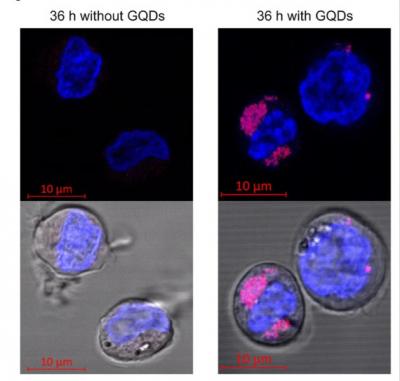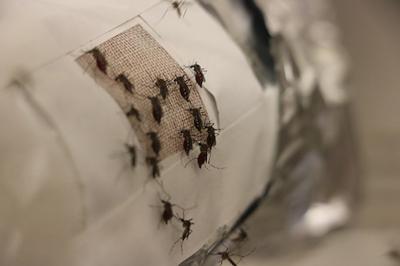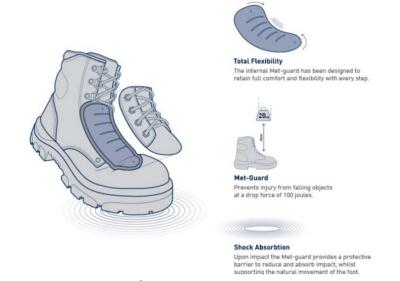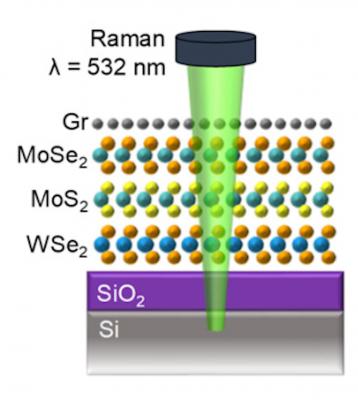New laser printing method rapidly and efficiently yields textiles embedded with graphene supercapacitors
Scientists from RMIT University in Melbourne, Australia, have developed a cost-efficient and scalable method for rapidly fabricating textiles that are embedded with energy storage devices. The team reports that in just three minutes, the method can produce a 10x10cm smart textile patch that's waterproof, stretchable and readily integrated with energy technologies like graphene supercapacitors, laser printed directly onto the textiles.
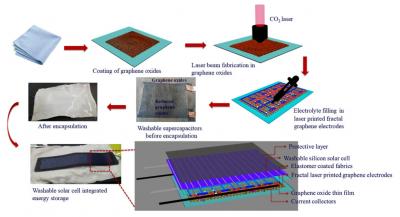
As a proof-of-concept, the researchers connected the supercapacitor with a solar cell, delivering an efficient, washable and self-powering smart fabric that overcomes the key drawbacks of existing e-textile energy storage technologies.
